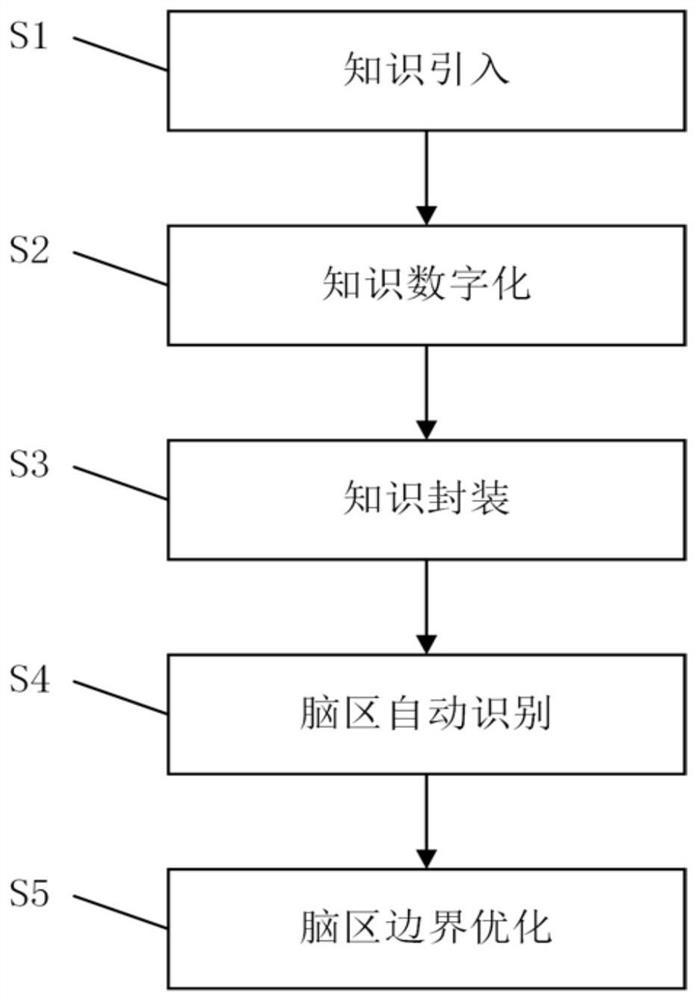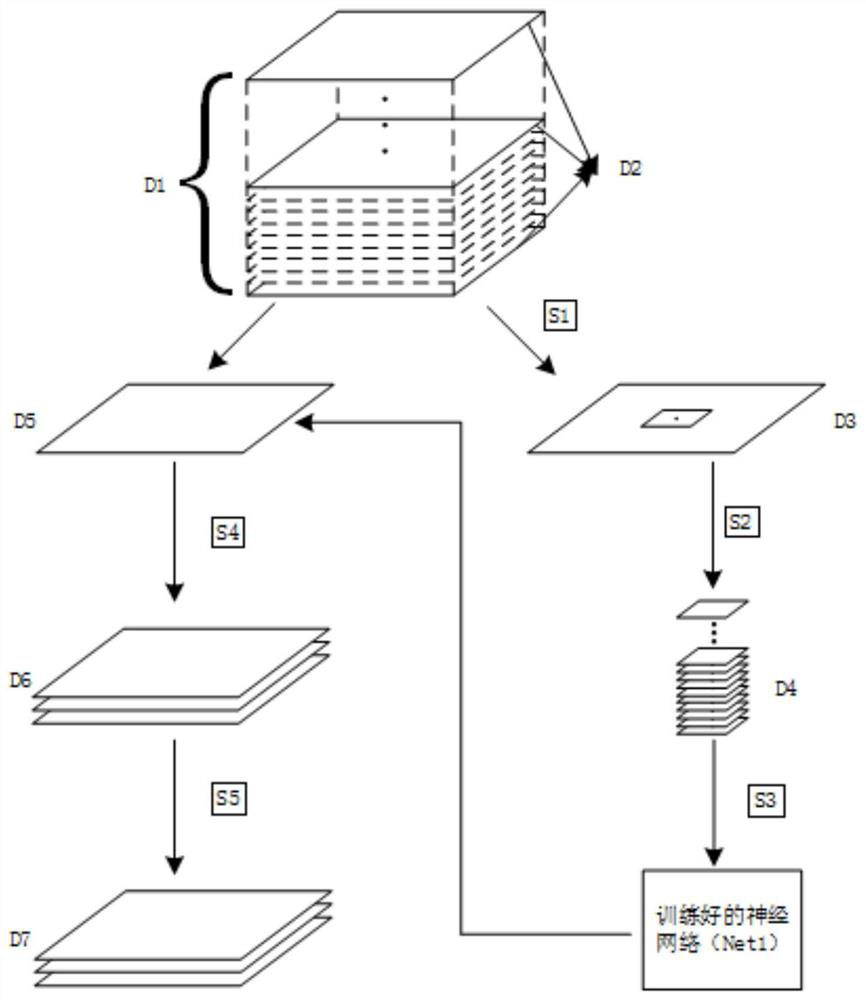A Semi-Automatic Brain Region Segmentation Method for 3D Cytoarchitectural Images
A three-dimensional cell and semi-automatic technology, applied in the field of image processing, to achieve the effect of lowering the threshold and improving efficiency
- Summary
- Abstract
- Description
- Claims
- Application Information
AI Technical Summary
Problems solved by technology
Method used
Image
Examples
Embodiment Construction
[0028] The technical solutions in the embodiments of the present invention will be clearly and completely described below with reference to the accompanying drawings in the embodiments of the present invention. Obviously, the described embodiments are only a part of the embodiments of the present invention, rather than all the embodiments. Based on the embodiments of the present invention, all other embodiments obtained by those of ordinary skill in the art without creative efforts shall fall within the protection scope of the present invention.
[0029] See figure 1 As shown, one embodiment of the present invention is a semi-automatic brain region segmentation method for three-dimensional cytoarchitecture images, and the method includes the following steps:
[0030] Step S1, knowledge introduction: constructing an image data set based on three-dimensional cells, selecting a two-dimensional image sequence, and marking the boundaries of each brain region on each image of the tw...
PUM
 Login to View More
Login to View More Abstract
Description
Claims
Application Information
 Login to View More
Login to View More - R&D
- Intellectual Property
- Life Sciences
- Materials
- Tech Scout
- Unparalleled Data Quality
- Higher Quality Content
- 60% Fewer Hallucinations
Browse by: Latest US Patents, China's latest patents, Technical Efficacy Thesaurus, Application Domain, Technology Topic, Popular Technical Reports.
© 2025 PatSnap. All rights reserved.Legal|Privacy policy|Modern Slavery Act Transparency Statement|Sitemap|About US| Contact US: help@patsnap.com


